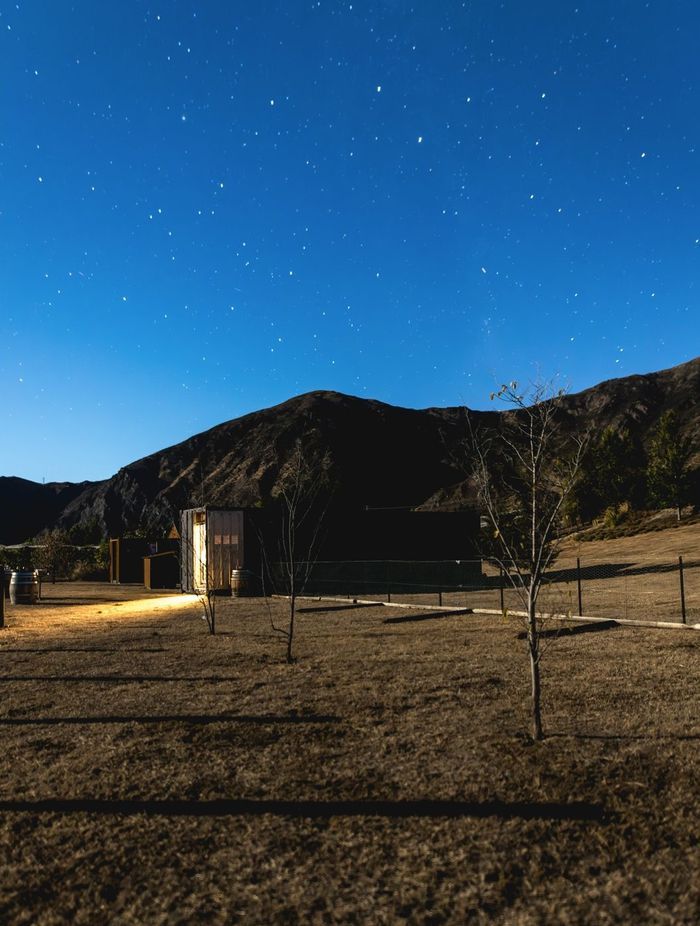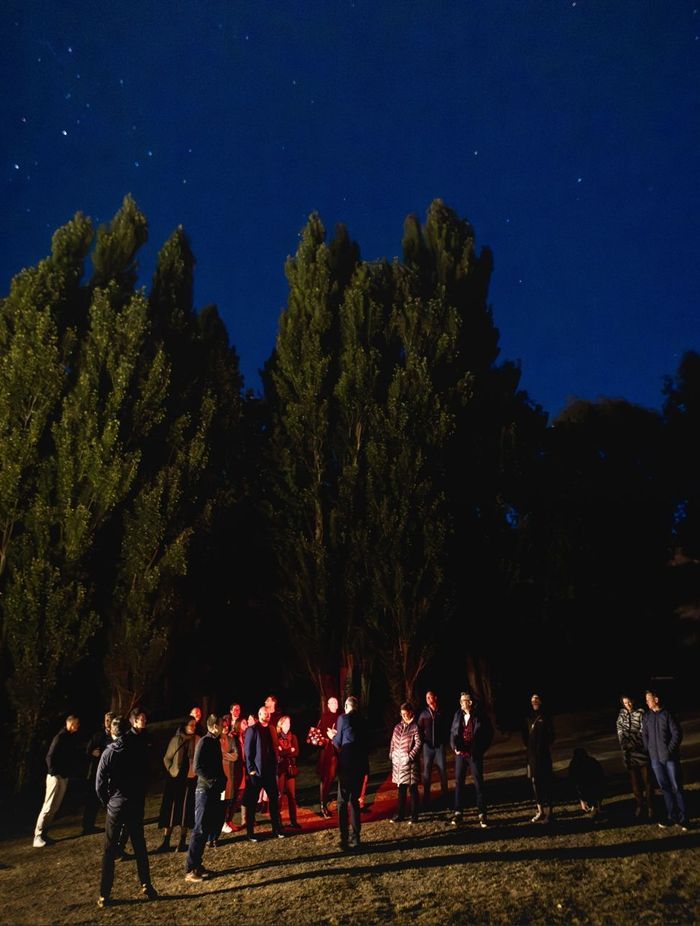Preserving our dark skies: Delta Light's nature-centric lighting that's leading the way
Written by
15 June 2025
•
6 min read

New Zealand is home to some of the most wondrous Dark Sky Parks in the world, with nine officially recognised areas, the third most of any country behind the USA and the UK. In a modern era of rapid development our nighttime environments, have become increasingly under threat from light pollution.
We spoke with Tina Stephen, Design and Relationship Manager at Light Establishment, to understand why our dark skies are so important and how products, like Delta Light’s nature-centric lighting solutions, can make a difference for the better.
Why are our dark skies so important?
New Zealand’s dark skies have become renowned the world over, with stunning starry views enjoyed in internationally recognised areas like Aoraki Mt. Cook National Park, Kaikōura, Great Barrier Island among others. As a matter of fact, recent research by Tourism New Zealand indicated that more than 70% of people thinking about visiting New Zealand were interested in stargazing.
Our geographically isolated location, clean air and low population density have naturally helped foster an environment conducive to pristine night skies. In many areas across the country, a lot of us have become accustomed to mesmerising star-speckled views; however, as Tina Stephen points out, they are by no means assured in the future.
“We have been ‘lucky’ to have grown up in a country where dark skies are part of our childhood. In a world where we are growing both in population and technological advancements, it is increasingly clear that this sentiment is being taken for granted.”
The benefits of protecting our dark sky reserves for astrotourism alone are obvious, but this only tells part of the story. Excessive light pollution can also impact the health of nocturnal wildlife, whose natural behaviours can be disrupted by artificial light.
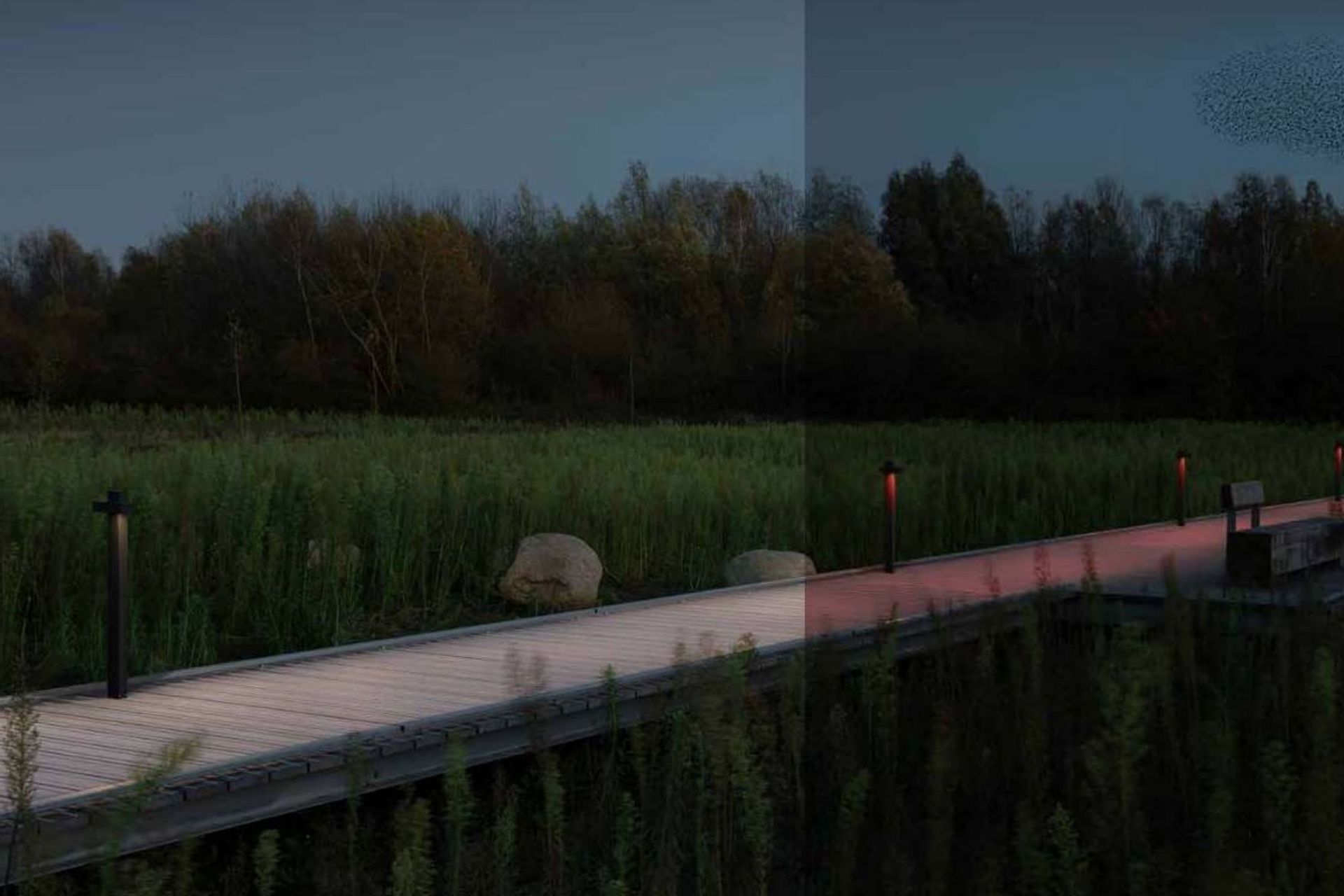
The causes and challenges of light pollution
There are several factors which contribute to the increasing problem of light pollution, and it’s important to acknowledge these to understand the true extent of the challenges.
Urbanisation has undoubtedly played a part, something that is largely inevitable in any society with a growing population. However, Tina explains that one of the key culprits is simply the poor design and installation of outdoor lighting products.
“Undoubtedly one of the causes of light pollution is exterior lights on buildings and landscapes which emit light upwards or sideways. Any light that escapes upward ultimately results in a diminished view of the night sky.”
The awareness and recognition of light pollution as a real issue has also been a challenge, as well as the knowledge of how to address it through lighting design and product choices, as Tina continues.
“There are several key challenges. One is mindset, and ensuring that key stakeholders are onboard with the commitment to dark skies preservation. Balancing costs, functionality, and aesthetics are also factors when considering a design to minimise light pollution. Finally, knowledge around regulations, and an understanding of nature-centric fixtures is key, as is placement and utilisation of lighting controls to reduce unnecessary light use.”
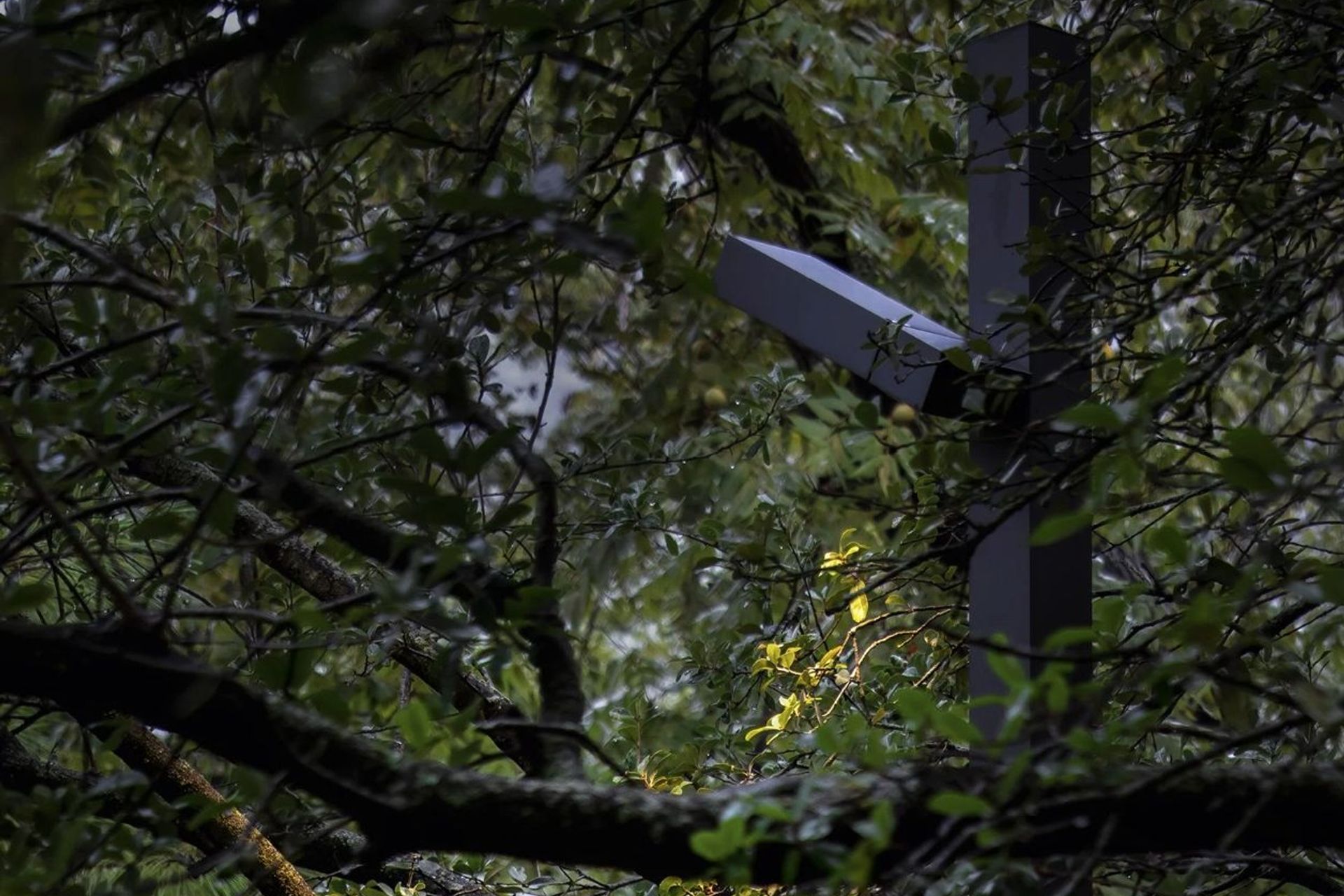
Delta Light’s nature-centric lighting — leading the way
Despite these challenges, there are some great lighting options, like Delta Light’s range of nature-centric lighting, which have been designed to address many of these issues.
Tina talks about Delta Light’s Polesano Bollard Light as a great example of a solution where every element and detail has been crafted to minimise light pollution.
“With its high-performance, low-glare optics, the Delta Light Polesano Bollard allows for wider spacing of up to 10m, reducing the number of luminaires needed and lowering energy consumption, while ensuring precise illumination.”
These design features, coupled with careful positioning, allow Delta Light’s Polesano Bollard to illuminate pathways without spilling excess light into the sky or the surrounding greenery.
The issues concerning blue light from LEDs are also mitigated by a special spectrum LED source that results in a warm, red glow, minimising visual disturbance.
“Its specialised nature-centric lighting minimises blue light and, as a consequence, reduces the negative impact on flora and fauna. It gives us a glimpse of what can be offered to combat the decreasing dark sky environment. The amber output is similar to the light that we all remember in the Kiwi houses as kids.”
Considered lighting design can be used with great success to help combat the concerns with light pollution, Tina speaks specifically about one such example — the luxurious Al Faya Lodge at the foot of Mount Alvaah in the UAE.
“The lighting project was done with great care, aiming to keep the darkness of the environment while enhancing the unique beauty of the structures. Respecting the natural landscape, light was used only when necessary, making the resort a peaceful haven where guests can unwind and connect with the gorgeous surroundings without glare bombs and reduced star gazing.”

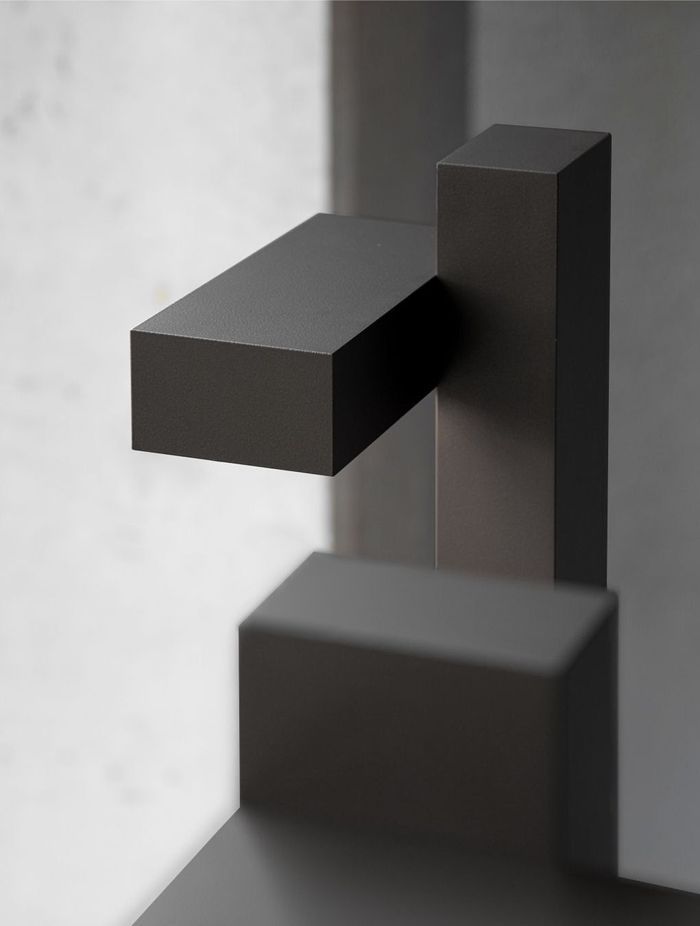
Educating an industry at Antimony Observatory
As mentioned earlier, part of the challenge around light pollution here is growing the awareness and getting key stakeholders on board. As a leading architectural lighting supplier for the last 30years and a champion for sustainabilty , Delta Light is the perfect champion for this cause.
Because of this, Light Establishment held an event at Antimony Observatory, hosted by Professor Brian Boyle, a highly respected academic and astronomer in the field.
“Professor Brian Boyle was a professional astronomer for 35 years. He was Director of the largest optical and radio telescopes in Australia and was also part of the Supernova Cosmology Project team, which discovered the acceleration of the Universe in 1998, contributing towards the evidence for the existence of Dark Energy.”
In her final comments, Tina describes the purpose behind the event, demonstrating Light Establishment’s commitment to helping build the industry’s awareness around light pollution and the solutions available to protect our dark skies.
“We invited key architects and landscape architects for an evening of stargazing at the Antimony Observatory, which lies within the Kawarau Gibbston Dark Sky Park in Queenstown. Owner Brian Boyles' new SkyBox provided the perfect environment to learn about the darkening night sky and how we, as a design industry, can combat this through thoughtful and proactive design processes.”
Learn more about Light Establishment and Delta Light’s nature-centric lighting
